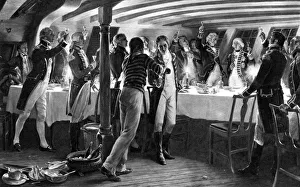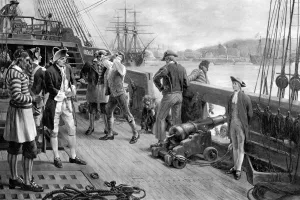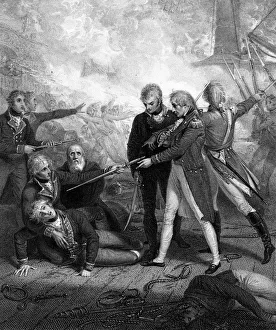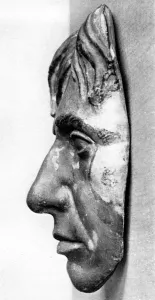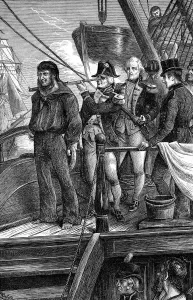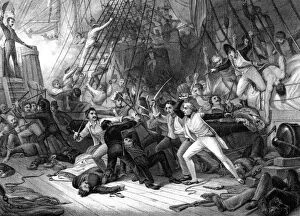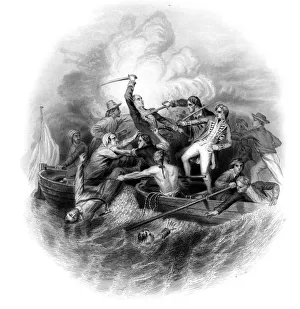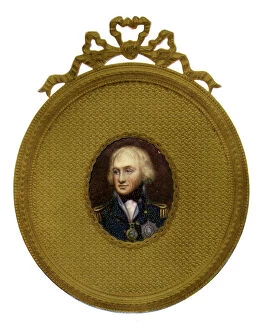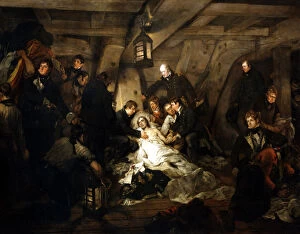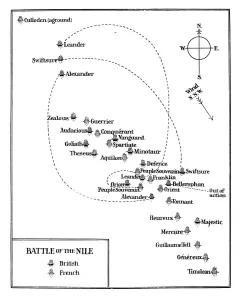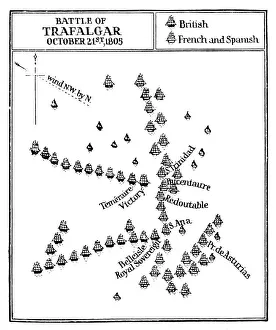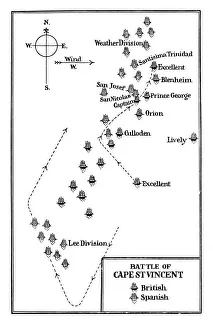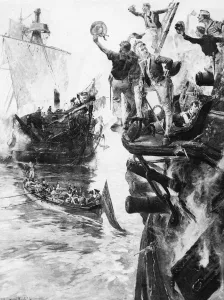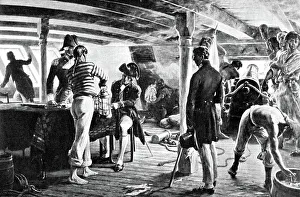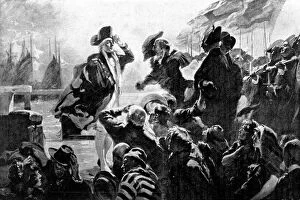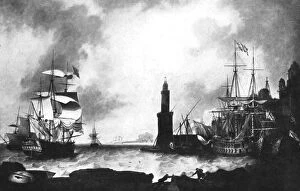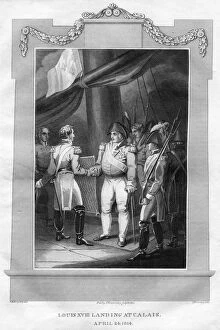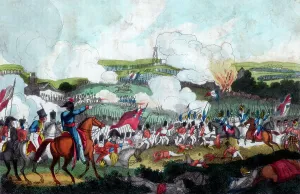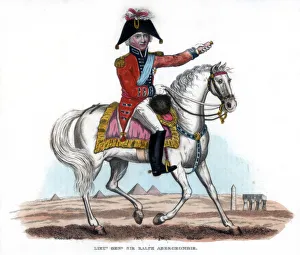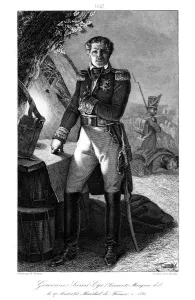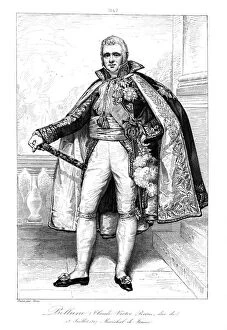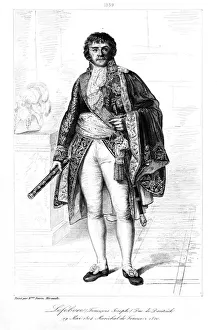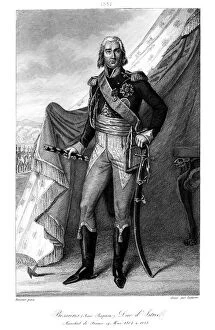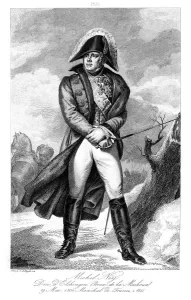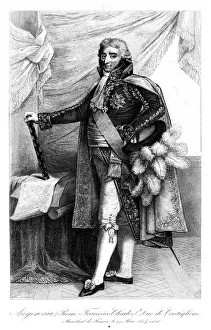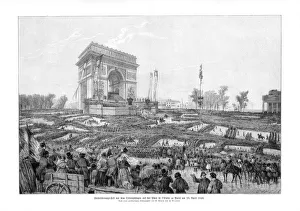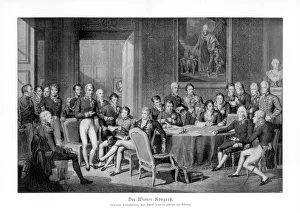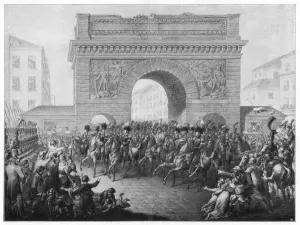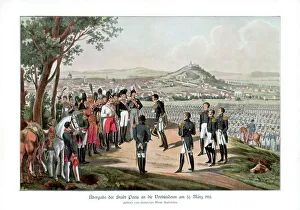Napoleonic Wars Collection (page 53)
The Napoleonic Wars, spanning from 1803 to 1815, were a series of conflicts that reshaped the political landscape of Europe
All Professionally Made to Order for Quick Shipping
The Napoleonic Wars, spanning from 1803 to 1815, were a series of conflicts that reshaped the political landscape of Europe. The flags used for Admiral Lord Nelson's famous signal at the Battle of Trafalgar in 1805 symbolized Britain's naval supremacy and marked a turning point in the war against Napoleon Bonaparte. A map depicting the Battle of Waterloo on June 18th, 1815, showcases one of history's most significant battles. Known as Scotland Forever, this battle saw the valiant charge of the Scots Greys who played a crucial role in defeating Napoleon's forces. The British army advancing at Waterloo is captured in an image that reflects their determination and resilience. This battle proved to be decisive in ending Napoleon's reign and solidifying British dominance. Recruiting posters like those for the Yorkshire Light Dragoons demonstrate how nations rallied their troops during these tumultuous times. These posters aimed to inspire patriotism and encourage men to join the fight against France. Admiral Sir Horatio Nelson stands as a legendary figure during this era. His leadership and strategic brilliance earned him great respect among his peers and instilled fear into his enemies' hearts. Artistic representations such as "The Plum Pudding in Danger" highlight satirical commentary on Napoleon's ambitions by portraying him as Gulliver facing off against Brobdingnagian powers. Such imagery reveals public sentiment towards Napoleon during this period. French uniforms worn during these wars showcased both style and military prowess. Their distinctive appearance became synonymous with French military might under Napoleon's command. Lastly, portraits like James Sant’s depiction capture Emperor Napoleon himself - a complex figure whose ambition knew no bounds but ultimately met defeat at Waterloo before being exiled until his death years later.







